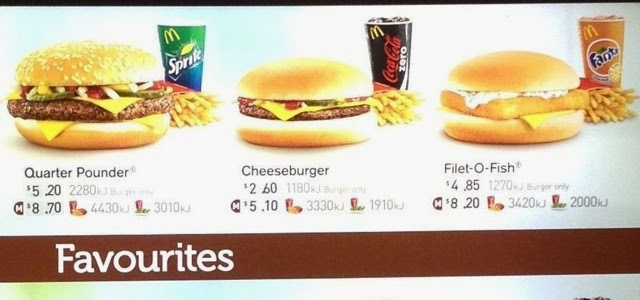It’s been a devastating 18 months for
the Australian auto industry and its 50, 000 workers. One by one, the country’s
automakers declared that without import protection they couldn’t be profitable
and had to close.
Ford is the first to go. Its local CEO Bob Graziano observed
that Australian manufacturing costs are four times Asian levels and double
those of Europe. Having lost $600
million over five years, he said local production would end in 2016. Ford has made cars in Australia since
1925.
General Motors Holden, the biggest
manufacturer, will cease Australian production in 2017. And Akio Toyoda told
Toyota workers near Melbourne that with current and future free trade
agreements, “it is not viable to continue building cars in Australia.” Toyota’s
modern Australian plant will close in two years.
Analysts say economies of scale
killed the Australian auto industry. With only 23 million people and a vehicle
market that barely exceeds 1 million sales annually, unfettered competition did
in high cost domestic manufacturers.
Successive Australian governments
have embraced globalization and abandoned the discredited import substitution
model of economic development.
Domestic producers used to be protected by quotas and tariffs that in
the mid-1990s were as high as 30%. Market opening measures brought auto tariffs
down 2.5% each year to their current 5% level. To soften the effects of competition the government lavished
hug subsidies on domestic producers but they are being phased out.
Low tariffs triggered a surge of
lower priced imports, which now dominate the market. Even with the car market
growing and the local economy booming, domestic car production fell by 50% over
the past decade. Last year a mere 210, 000 cars were produced in Australia, an
amount equal to the output from a single assembly plant in many places. Domestics
now account for less than 18 % of the Australian auto market.
As foreign visitors know well,
Australia is a high cost economy. During my two-week visit in November, I was
shocked to pay $8 for a hamburger and fish sandwich at McDonalds, or $6 for a
donut and coffee at Krispy Kreme, and $20 for a burger and beer at a Brisbane
restaurant.
A McDonalds menu in Adelaide, South Australia
Australian autoworkers—those still
working--are well paid. Many earn over $100,000 per year and even with the
recent depreciation of the Australian currency, the basic industry wage exceeds
$20 per hour. Australia’s minimum
wage is US $15 per hour.
Australia is a treasure chest of minerals.
China is its biggest trading partner and after hosting last month’s G20 summit
in Brisbane, Prime Minister Tony Abbott signed a landmark free trade agreement
with China’s president Xi Jinping.
Riding the commodities boom of the
1990 and 2000s, Australia got rich from exporting iron ore, coal and natural
gas. Unemployment remains low and
Australia hasn’t had a recession in 20 years. On a per capita basis it is one
of the world’s 20 richest countries.
But with the commodity boom over,
Australia faces a growing competitiveness problem. Because of strong capital
inflows from mining, the Australian dollar rose to levels well beyond what
could be sustained. The Aussie dollar soared well above parity with the US
dollar, making the cost differential even more severe. Since 2013 that trend has reversed and the
Aussie dollar has recently given up half of its 40% advance of the past decade.
But even at current levels, Australia
is uncompetitive. The Boston
Consulting Group designates Australia as the worst-performer of 25 economies in
its global manufacturing cost-competitiveness index. Manufacturing costs in
Australia, it says, are higher than in Germany, Holland and even Switzerland.
Manufacturing wages, it says, rose 48% over the past decade while productivity
fell.
Australia has become a service and
resources economy, or as former GM Australia CEO Mike Devereux bluntly put it,
Australia is now “a farm, a hotel and a quarry.”
Manufacturing has a bleak future in
the land down under. But some observers, lamenting the passing of the
Australian auto industry, wonder how did it manage to survive as long as it
did?
(this story originally appeared on marketwatch.com)

No comments:
Post a Comment